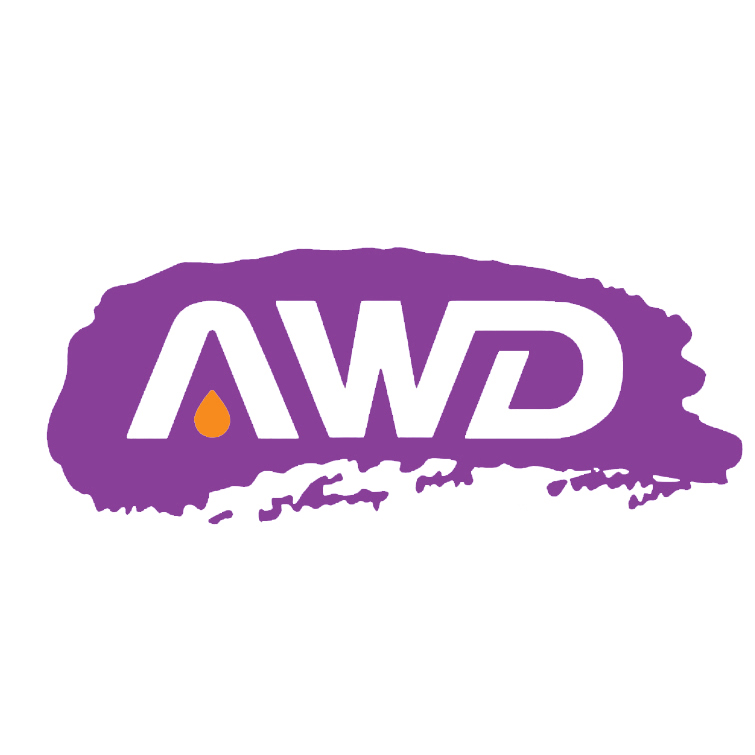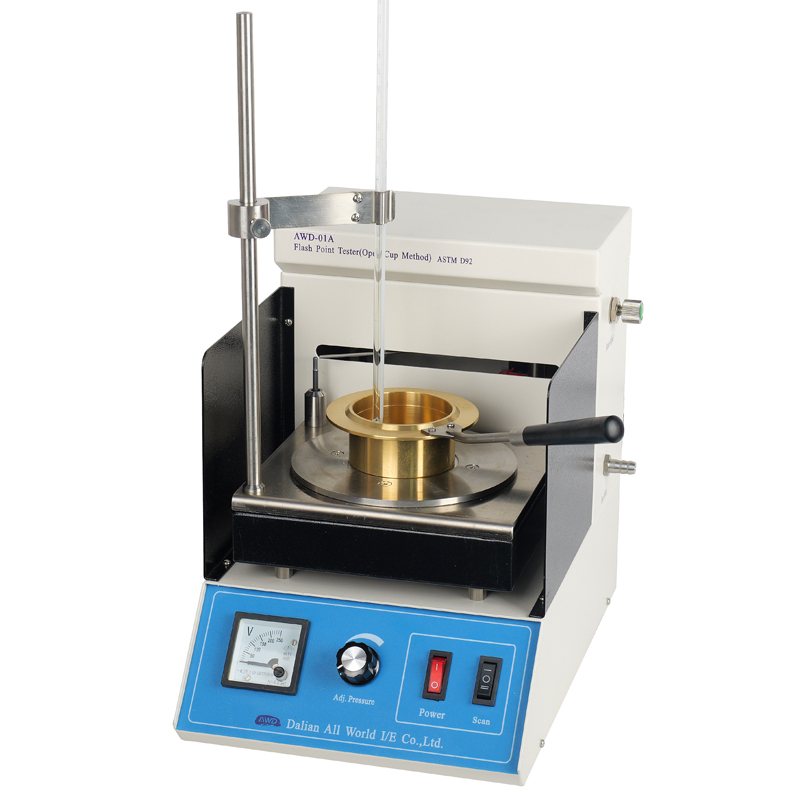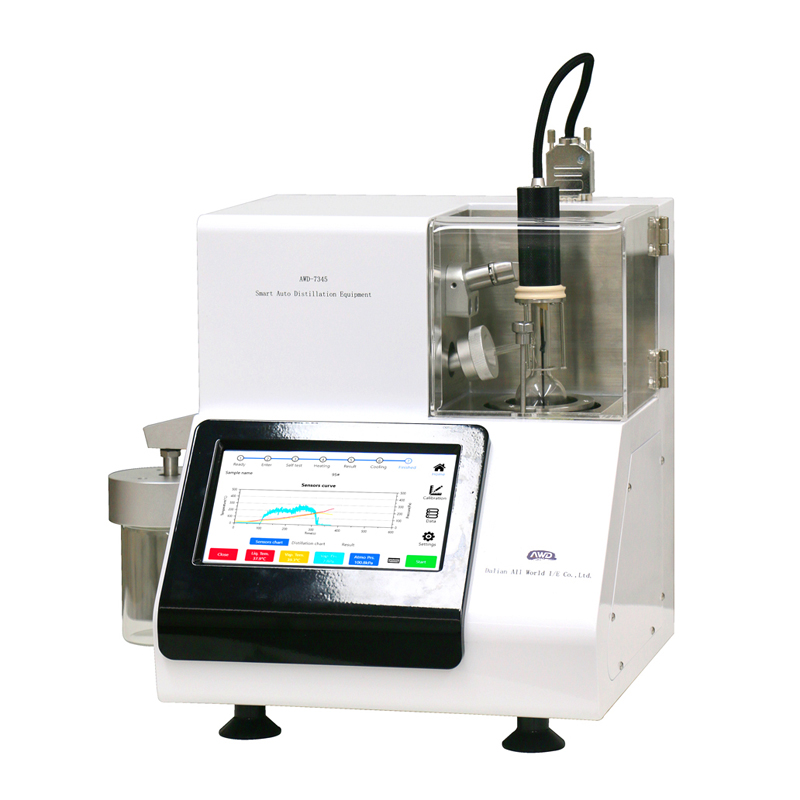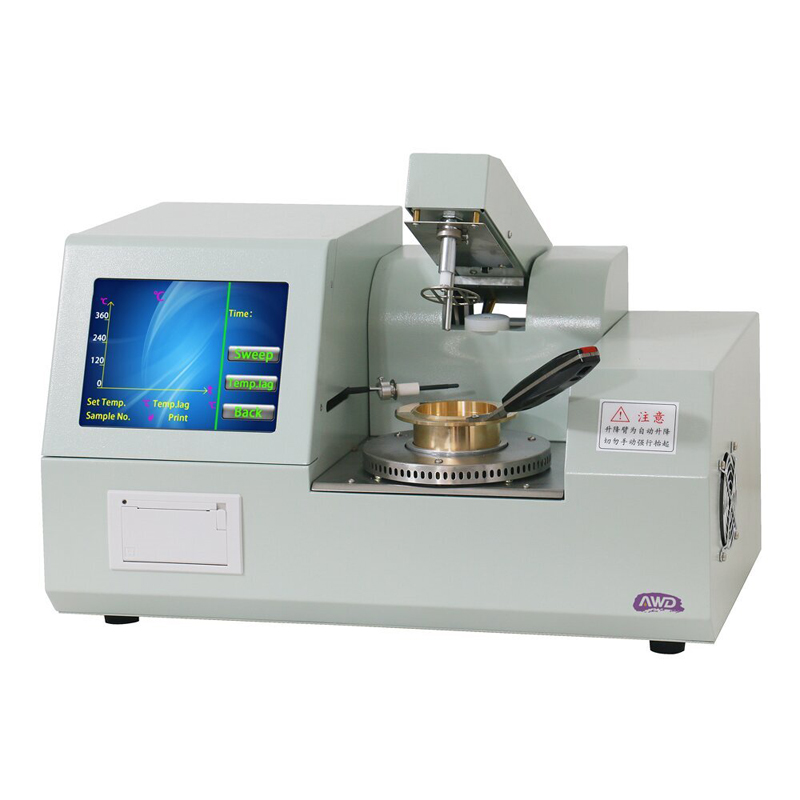1.First Contact: The Moment We Felt Heunderstood
Our plant has been operating in the Gulf region for more than ten years. As market requirements keep rising, we urgently needed to modernise our in-house oil-analysis lab. The old benchtop units could still produce routine numbers, yet repeated sub-sampling and manual recalculations had become a daily pain, squeezing both calendar time and manpower.
During an industry webinar last spring we learned that your company focuses on full-scenario lubricant testing. We sent a short "let's talk" enquiry without expecting too much. In the very first video call your application engineer did not jump into a sales pitch. Instead, he compared each relevant ASTM clause with our internal procedures line-by-line and highlighted several blind spots caused by version differences. At that instant we realised: "They are helping us reduce risk, not just selling boxes." That feeling of being properly heard laid the cornerstone for every decision that followed.
2. Delivery: Attention Finer Than the Contract Required
At the end of July, six instruments arrived at Jebel Ali Port in a single batch. During installation the two senior engineers treated every unit as a stand-alone mini-project:
The lab floor has a two-degree tilt. They used a laser level, produced their own aluminium pads and ensured the rotating-bomb oxidation unit stood perfectly vertical.
The high-temperature foam meter needed an exhaust adapter; the port size on site was wrong. They machined a transition piece from spare parts in the shipping kit, saving us an extra purchase and keeping the set-up tidy.
Their "stricter-than-the-contract" attitude impressed our technicians. Messages flew on the internal chat: "Thought it would take a week—yet we started training on the second morning."
3. Training: Repeating Until Everyone Nodded
Your engineers adopted a simple three-part style:
No jargon: Every technical term was first discussed with our interpreter, re-phrased, then delivered. They watched faces to be sure the idea had landed.
No skipped steps: After each ASTM chapter they opened the instrument cover, pointed to the real parts, repeated the key words and made trainees do the job with their own hands—bu ilding muscle memory.
No fixed clock: The timetable said eight hours a day. Because questions kept coming, lessons naturally stretched to twelve. The team still answered patiently and later gave us an extra "common-mistake screenshot guide" so night-shift analysts could check the correct screen at a glance.
4. Real-Life Operation: Stable Results Freed Our Manpower
During the first four weeks we deliberately split several sample batches and sent them to two external reference labs for blind comparison. The finding was short but carried weight: trends matched, and deviation bands were smaller than our historical average. For routine work this means we no longer run duplicate "just-in-case" tests, freeing almost 30 % of technician hours.
More importantly, the higher credibility brought business back. Our technical director summed it up in the management meeting: "Instrument stability is pulling our reputation back into the lab."
5. After-Sales Security: A Direct Line to People Who Know
For the floor staff, the coming cooperation is not only "more orders later"; it also means "whenever we hit an odd number, there is someone to call." As the lab supervisor puts it: "No more surfing forums at midnight—just send a message and the factory engineer replies. That sense of security is worth more than any discount."
6. Heartfelt Thanks: A Simple "It Works" Hides a Thousand Hands Behind It
Thank you to the application engineers who moved the classroom into the lab and stayed late until the numbers looked right.
Thank you to the invisible teams in design, production and logistics. Every torque record, every correctly placed foam gasket and every QR code on the crate finally converged into the steady curves we see on screen today.
When our end-users extend their oil-drain interval because of a report we issue, they will never know that the story began with engineers thousands of kilometres away refusing to cut corners. We will remember, and we will pass that "taken-seriously" feeling forward in every internal training session we run.
The lubricant-testing world is not short of hardware; it is short of hardware that lets you sleep at night. With professionalism, patience and attention to detail, your team has written the word peace-of-mind into the daily life of our Dubai lab. We look forward to carrying the same peace-of-mind to more Gulf customers in the next twelve months—and well beyond. ilding muscle memory.
No fixed clock: The timetable said eight hours a day. Because questions kept coming, lessons naturally stretched to twelve. The team still answered patiently and later gave us an extra "common-mistake screenshot guide" so night-shift analysts could check the correct screen at a glance.
4. Real-Life Operation: Stable Results Freed Our Manpower
During the first four weeks we deliberately split several sample batches and sent them to two external reference labs for blind comparison. The finding was short but carried weight: trends matched, and deviation bands were smaller than our historical average. For routine work this means we no longer run duplicate "just-in-case" tests, freeing almost 30 % of technician hours.
More importantly, the higher credibility brought business back. Our technical director summed it up in the management meeting: "Instrument stability is pulling our reputation back into the lab."
5. After-Sales Security: A Direct Line to People Who Know
For the floor staff, the coming cooperation is not only "more orders later"; it also means "whenever we hit an odd number, there is someone to call." As the lab supervisor puts it: "No more surfing forums at midnight—just send a message and the factory engineer replies. That sense of security is worth more than any discount."
6. Heartfelt Thanks: A Simple "It Works" Hides a Thousand Hands Behind It
Thank you to the application engineers who moved the classroom into the lab and stayed late until the numbers looked right.
Thank you to the invisible teams in design, production and logistics. Every torque record, every correctly placed foam gasket and every QR code on the crate finally converged into the steady curves we see on screen today.
When our end-users extend their oil-drain interval because of a report we issue, they will never know that the story began with engineers thousands of kilometres away refusing to cut corners. We will remember, and we will pass that "taken-seriously" feeling forward in every internal training session we run.
The lubricant-testing world is not short of hardware; it is short of hardware that lets you sleep at night. With professionalism, patience and attention to detail, your team has written the word peace-of-mind into the daily life of our Dubai lab. We look forward to carrying the same peace-of-mind to more Gulf customers in the next twelve months—and well beyond.




